Value Investing
|
We, at Hibiki, look for three attributes when determining our investments.
First and foremost, it must be cheap as is, without factoring in any potential positive developments. We use three simple valuation metrics to determine whether the stock is worth investigating in the first place – Liquidation value, one- stage Discount Cash Flow ( DCF), and Return-on- Equity (ROE) versus Price-to- Book (P/B) as a rule of thumb. The liquidation value method risk-adjusts the value of each balance sheet item and discounts any obligations the company could potentially face in a liquidation scenario (including early retirement claims and/or underfunded pension liabilities). We emphasize three balance sheet items on the asset side – cash, investment securities and real estate. We estimate the value of those items where they can be liquidated. Additionally, we try to estimate the value of key intangible assets (such as intellectual property, patents, or the business model itself) whose value is not properly reflected on the balance sheet. This liquidation method does not take into consideration the ongoing business value or management capability of the company. If the current market value of the company (i.e. market cap) is below the liquidation value it means that buying the shares would entitle the shareholders to both business value and management capability without paying for them. Our DCF valuation is simplified and derived without using a time-series approach; i.e. one normalized free cash flow is discounted using one WACC and a terminal growth ranging between -1% to 1%. We firmly believe that it is impossible to accurately predict cash flow trends more than 2-3 years ahead and valuing a company using a staggered FCF would introduce unnecessary complexity in the model without increasing accuracy – then why bother? is our conclusion. ROE and P/B approach is even simpler in the sense that it does not take into consideration the impact of debt or cash on the balance sheet. In determining what a normalized and sustainable ROE may be, we are cognizant that ROE can be enhanced through leverage but do not presume any favorable changes in the capital structure. We have found that a reasonable reliable indicator is historical average ROE, which is what we use in setting our initial target price. We refrain from incorporating into our target price any positive changes that our active involvement could bring to the table. Liquidation valuation metrics determine the downside and the margin of safety, then DCF and ROE metrics incorporate earnings power and sustainability to derive a realistic target price i.e. intrinsic value. While we consider ourselves “engagement” style investors, active engagement does not represent the core of our investment philosophy, which differs from most activist investors who seek to generate positive catalyst mainly through engagement. Typically, such activist investors do consider valuation but only based on optimistic scenarios. We are, first and foremost, ‘value investors’ and engaging activity is only a component of the overriding value investing framework to further unlock hidden value within companies. |
